Hao Lou
Predicting Scores of Various Aesthetic Attribute Sets by Learning from Overall Score Labels
Dec 06, 2023Abstract:Now many mobile phones embed deep-learning models for evaluation or guidance on photography. These models cannot provide detailed results like human pose scores or scene color scores because of the rare of corresponding aesthetic attribute data. However, the annotation of image aesthetic attribute scores requires experienced artists and professional photographers, which hinders the collection of large-scale fully-annotated datasets. In this paper, we propose to replace image attribute labels with feature extractors. First, a novel aesthetic attribute evaluation framework based on attribute features is proposed to predict attribute scores and overall scores. We call it the F2S (attribute features to attribute scores) model. We use networks from different tasks to provide attribute features to our F2S models. Then, we define an aesthetic attribute contribution to describe the role of aesthetic attributes throughout an image and use it with the attribute scores and the overall scores to train our F2S model. Sufficient experiments on publicly available datasets demonstrate that our F2S model achieves comparable performance with those trained on the datasets with fully-annotated aesthetic attribute score labels. Our method makes it feasible to learn meaningful attribute scores for various aesthetic attribute sets in different types of images with only overall aesthetic scores.
Borda Regret Minimization for Generalized Linear Dueling Bandits
Mar 15, 2023Abstract:Dueling bandits are widely used to model preferential feedback that is prevalent in machine learning applications such as recommendation systems and ranking. In this paper, we study the Borda regret minimization problem for dueling bandits, which aims to identify the item with the highest Borda score while minimizing the cumulative regret. We propose a new and highly expressive generalized linear dueling bandits model, which covers many existing models. Surprisingly, the Borda regret minimization problem turns out to be difficult, as we prove a regret lower bound of order $\Omega(d^{2/3} T^{2/3})$, where $d$ is the dimension of contextual vectors and $T$ is the time horizon. To attain the lower bound, we propose an explore-then-commit type algorithm, which has a nearly matching regret upper bound $\tilde{O}(d^{2/3} T^{2/3})$. When the number of items/arms $K$ is small, our algorithm can achieve a smaller regret $\tilde{O}( (d \log K)^{1/3} T^{2/3})$ with proper choices of hyperparameters. We also conduct empirical experiments on both synthetic data and a simulated real-world environment, which corroborate our theoretical analysis.
Aesthetic Language Guidance Generation of Images Using Attribute Comparison
Aug 09, 2022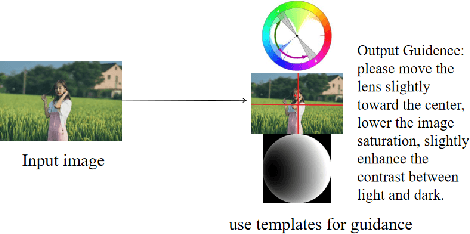
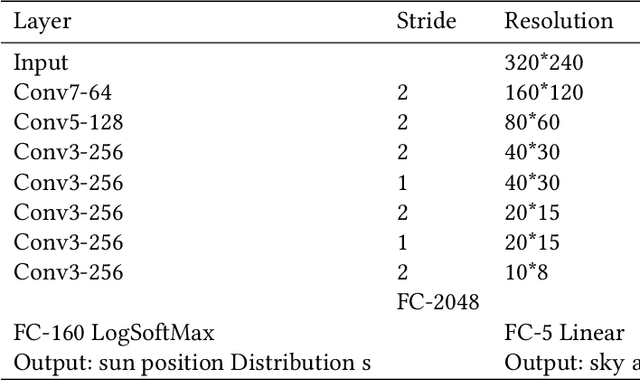

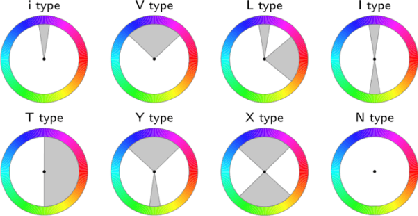
Abstract:With the vigorous development of mobile photography technology, major mobile phone manufacturers are scrambling to improve the shooting ability of equipments and the photo beautification algorithm of software. However, the improvement of intelligent equipments and algorithms cannot replace human subjective photography technology. In this paper, we propose the aesthetic language guidance of image (ALG). We divide ALG into ALG-T and ALG-I according to whether the guiding rules are based on photography templates or guidance images. Whether it is ALG-T or ALG-I, we guide photography from three attributes of color, lighting and composition of the images. The differences of the three attributes between the input images and the photography templates or the guidance images are described in natural language, which is aesthetic natural language guidance (ALG). Also, because of the differences in lighting and composition between landscape images and portrait images, we divide the input images into landscape images and portrait images. Both ALG-T and ALG-I conduct aesthetic language guidance respectively for the two types of input images (landscape images and portrait images).
Aesthetic Attribute Assessment of Images Numerically on Mixed Multi-attribute Datasets
Jul 05, 2022



Abstract:With the continuous development of social software and multimedia technology, images have become a kind of important carrier for spreading information and socializing. How to evaluate an image comprehensively has become the focus of recent researches. The traditional image aesthetic assessment methods often adopt single numerical overall assessment scores, which has certain subjectivity and can no longer meet the higher aesthetic requirements. In this paper, we construct an new image attribute dataset called aesthetic mixed dataset with attributes(AMD-A) and design external attribute features for fusion. Besides, we propose a efficient method for image aesthetic attribute assessment on mixed multi-attribute dataset and construct a multitasking network architecture by using the EfficientNet-B0 as the backbone network. Our model can achieve aesthetic classification, overall scoring and attribute scoring. In each sub-network, we improve the feature extraction through ECA channel attention module. As for the final overall scoring, we adopt the idea of the teacher-student network and use the classification sub-network to guide the aesthetic overall fine-grain regression. Experimental results, using the MindSpore, show that our proposed method can effectively improve the performance of the aesthetic overall and attribute assessment.
Pseudo-labelling and Meta Reweighting Learning for Image Aesthetic Quality Assessment
Jan 08, 2022
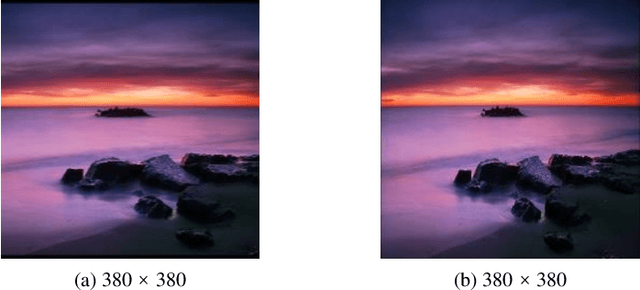

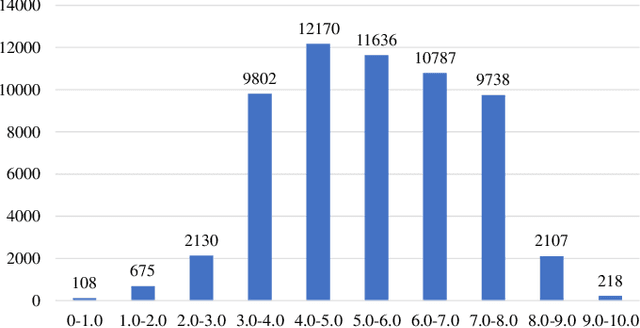
Abstract:In the tasks of image aesthetic quality evaluation, it is difficult to reach both the high score area and low score area due to the normal distribution of aesthetic datasets. To reduce the error in labeling and solve the problem of normal data distribution, we propose a new aesthetic mixed dataset with classification and regression called AMD-CR, and we train a meta reweighting network to reweight the loss of training data differently. In addition, we provide a training strategy acccording to different stages, based on pseudo labels of the binary classification task, and then we use it for aesthetic training acccording to different stages in classification and regression tasks. In the construction of the network structure, we construct an aesthetic adaptive block (AAB) structure that can adapt to any size of the input images. Besides, we also use the efficient channel attention (ECA) to strengthen the feature extracting ability of each task. The experimental result shows that our method improves 0.1112 compared with the conventional methods in SROCC. The method can also help to find best aesthetic path planning for unmanned aerial vehicles (UAV) and vehicles.
Adaptive Sampling for Heterogeneous Rank Aggregation from Noisy Pairwise Comparisons
Oct 08, 2021
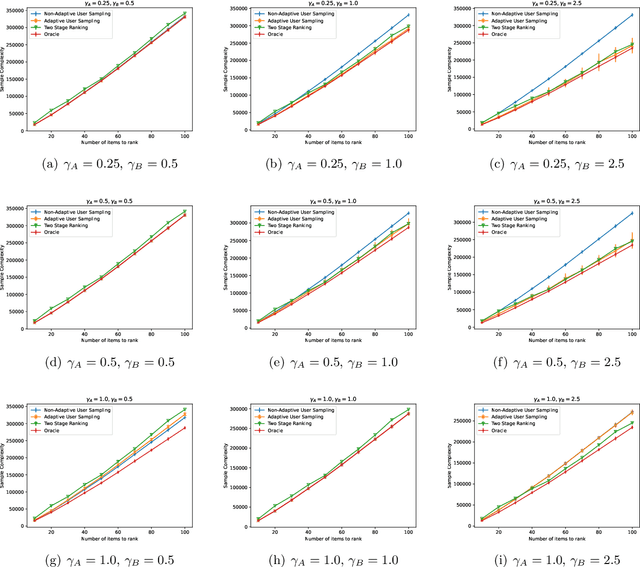
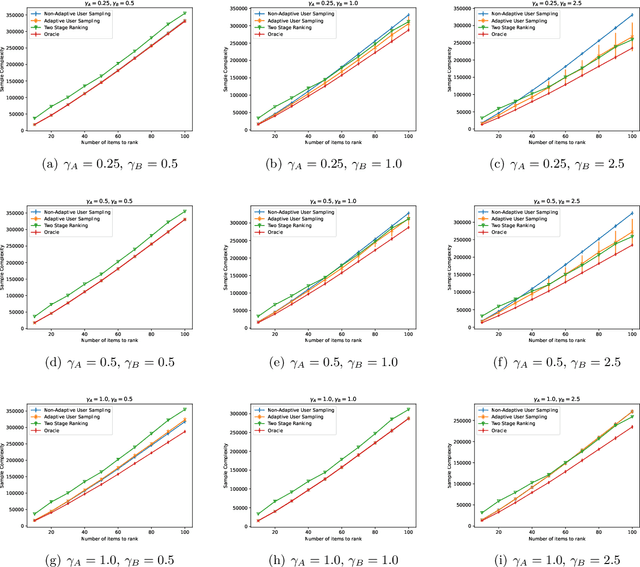
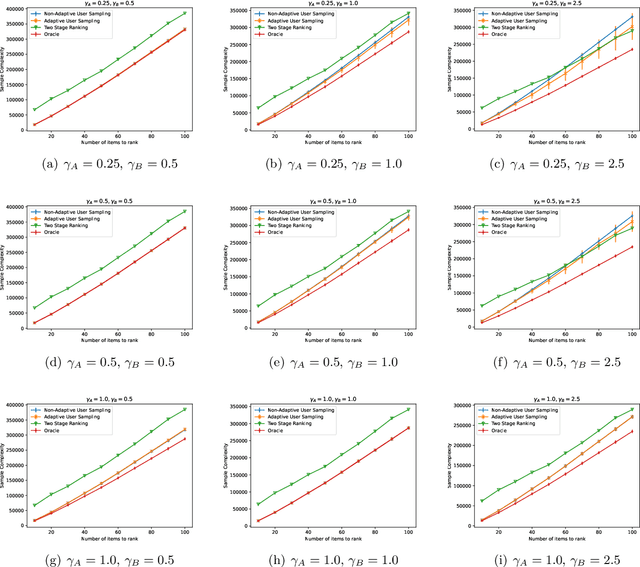
Abstract:In heterogeneous rank aggregation problems, users often exhibit various accuracy levels when comparing pairs of items. Thus a uniform querying strategy over users may not be optimal. To address this issue, we propose an elimination-based active sampling strategy, which estimates the ranking of items via noisy pairwise comparisons from users and improves the users' average accuracy by maintaining an active set of users. We prove that our algorithm can return the true ranking of items with high probability. We also provide a sample complexity bound for the proposed algorithm which is better than that of non-active strategies in the literature. Experiments are provided to show the empirical advantage of the proposed methods over the state-of-the-art baselines.
 Add to Chrome
Add to Chrome Add to Firefox
Add to Firefox Add to Edge
Add to Edge